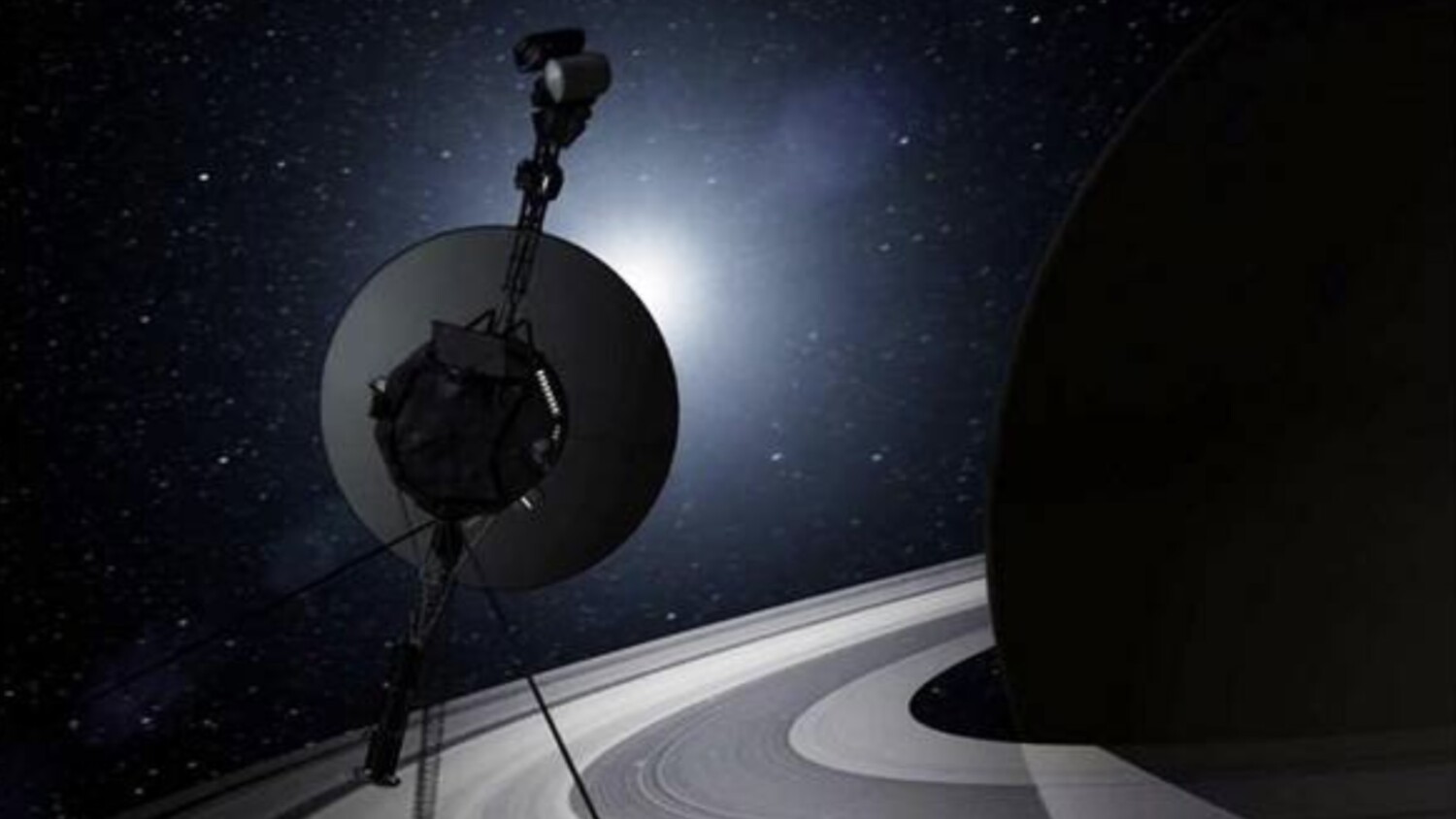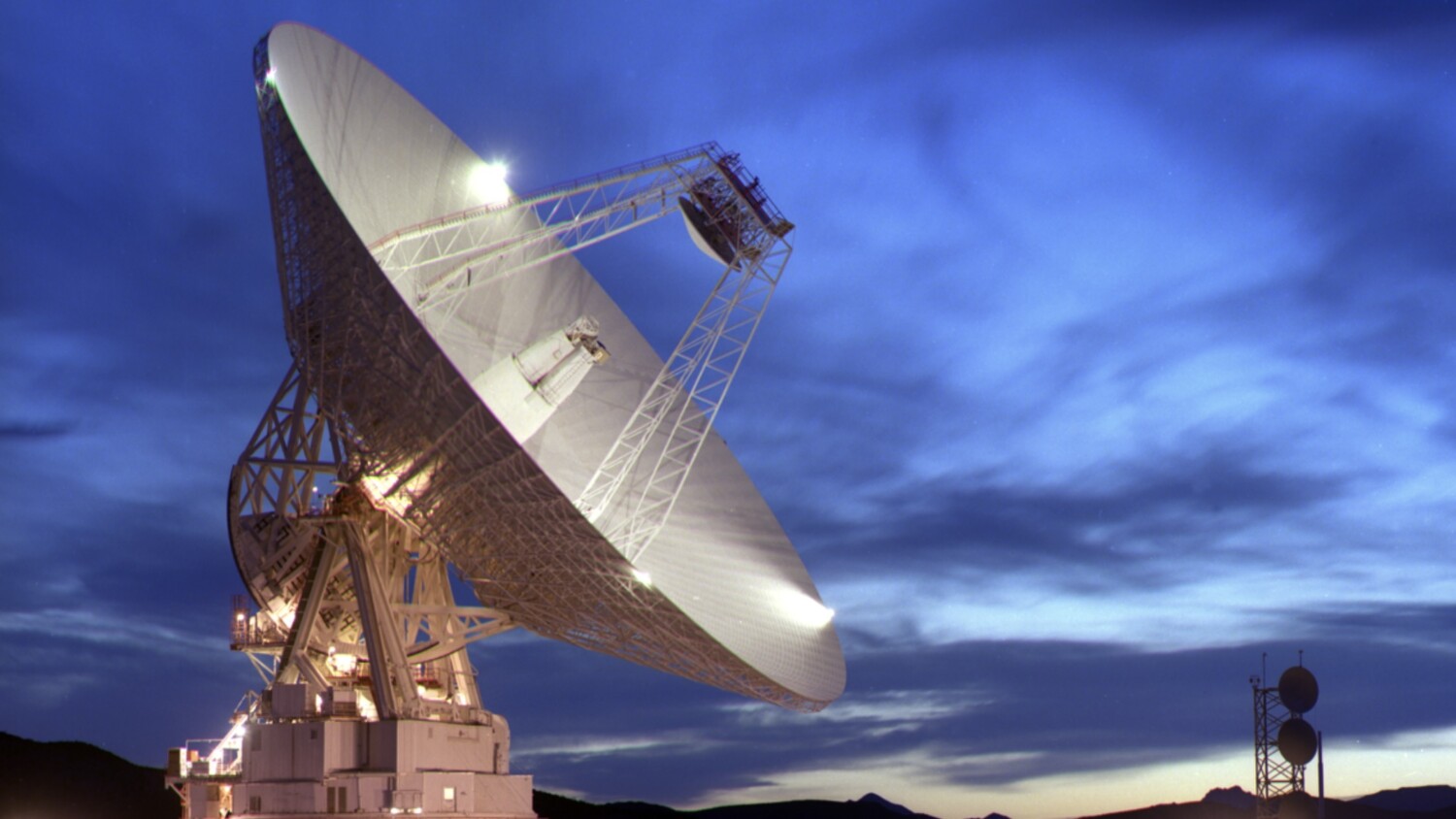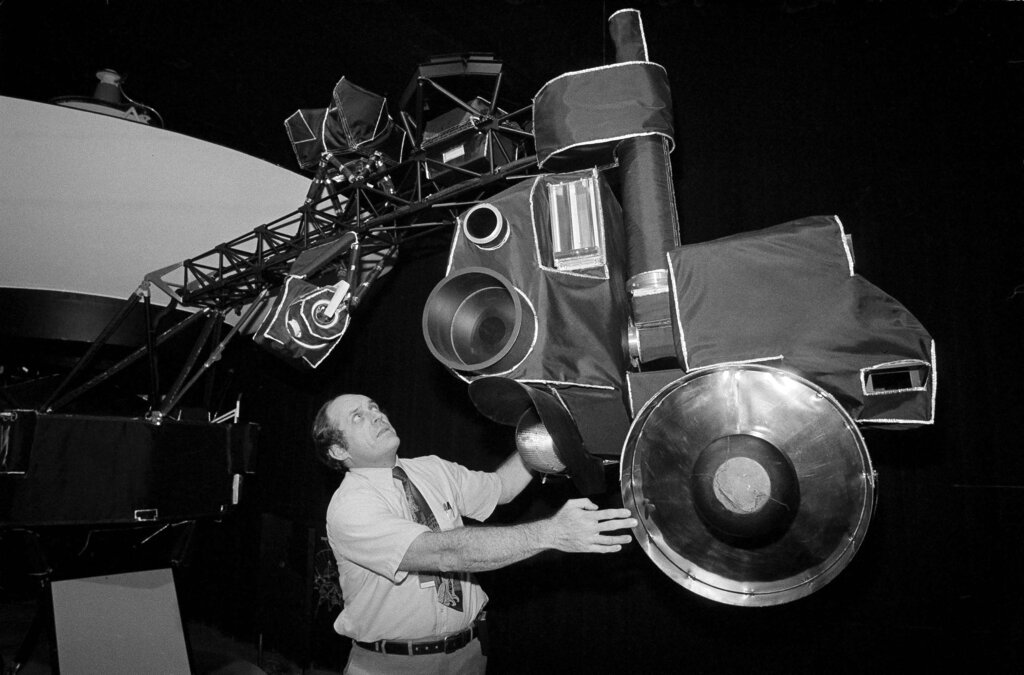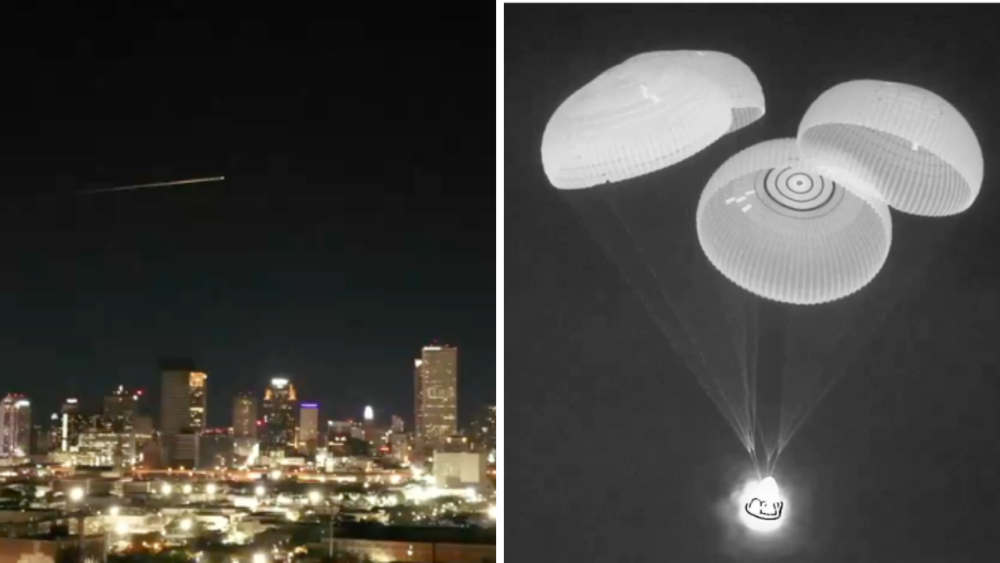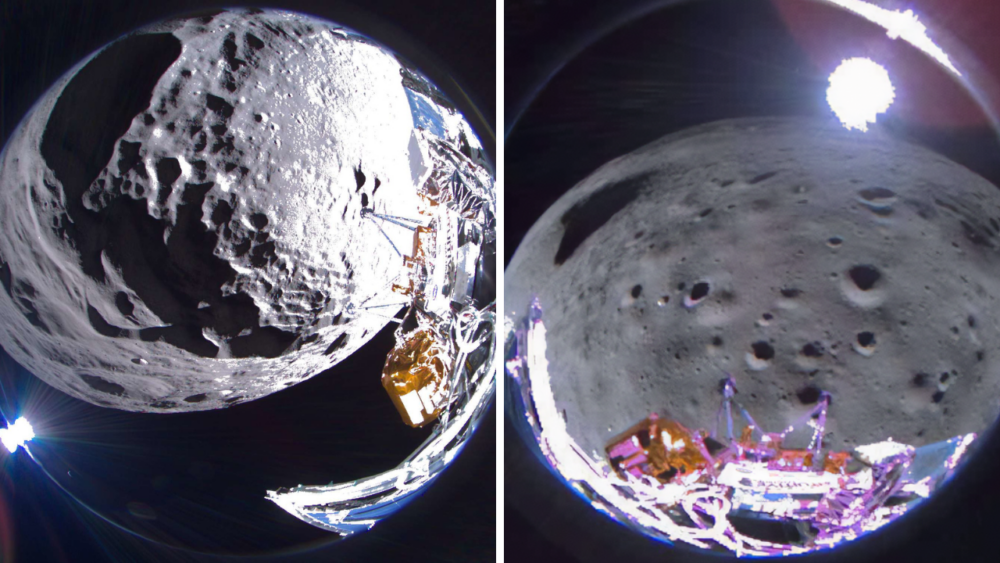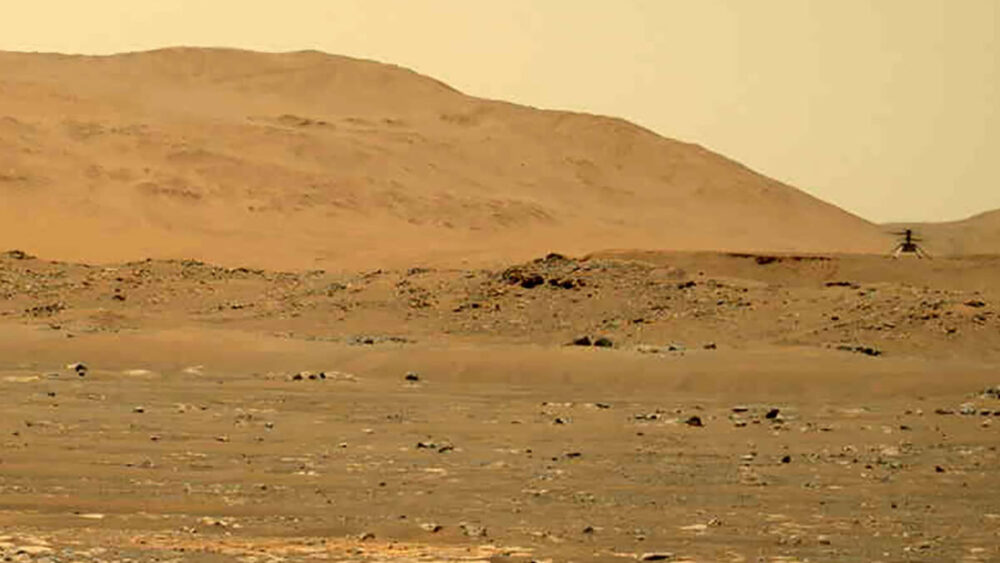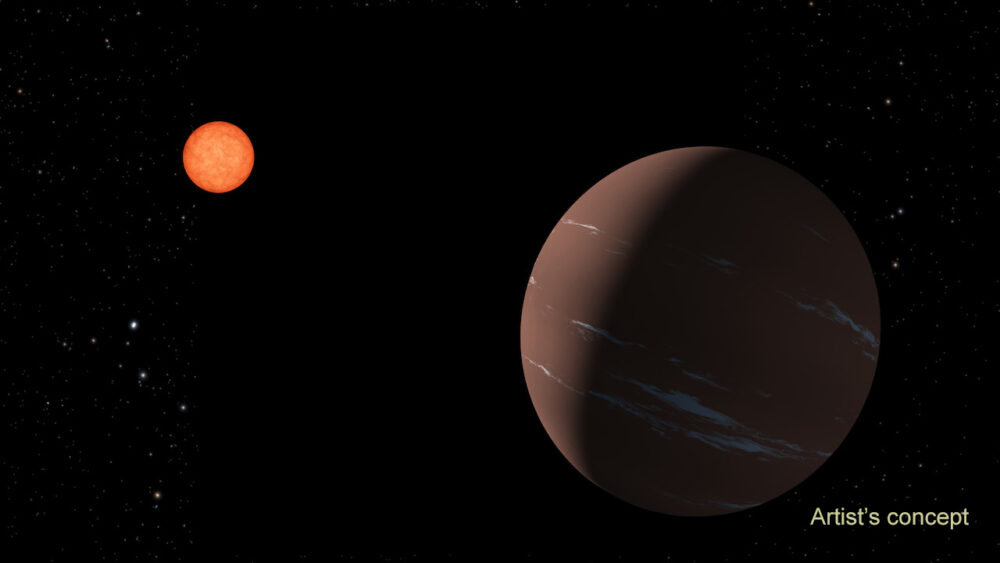NASA detects Voyager 2 ‘heartbeat’ after losing contact in late July
National Aeronautics and Space Administration scientists are breathing a tentative sigh of relief after receiving a signal from NASA’s Voyager 2 spacecraft.
The exploratory probe lost contact with its earthbound handlers after a mistaken command reoriented its antenna on July 21, the agency said. The antenna pointed slightly away from Earth — but it was enough to sever communication to and from Voyager 2.
But on Tuesday, NASA workers at the Jet Propulsion Laboratory in California detected a “heartbeat” from the craft. The signal indicates that Voyager 2 is still out there, more than 12 billion miles from Earth.
MORE: Scientists discovered a two-faced dwarf star
“We enlisted the help of the Deep Space Network and Radio Science groups to help to see if we could hear a signal from Voyager 2,” Suzanne Dodd, Voyager’s project manager, told CNN. “This was successful in that we see the ‘heartbeat’ signal from the spacecraft. So, we know the spacecraft is alive and operating. This buoyed our spirits.”
The Deep Space Network is a network of huge radio antennae arrayed at three different spots around the world. NASA uses the antennae to communicate with Voyager 1 and 2 and other spacecraft.
Both Voyagers launched in 1977 with a mission to explore the furthest reaches of the galaxy — and beyond. The Voyagers entered interstellar space in 2012 (Voyager 1) and 2018 (Voyager 2).
A routine scan picked up Voyager 2’s signal on Tuesday. Voyager’s controllers weren’t able to communicate in response, but they’ll try again in the coming days.
“We are now generating a new command to attempt to point the spacecraft antenna toward Earth,” Dodd said to CNN. “There is a low probability that this will work.”
All is not lost, however. NASA wasn’t able to command Voyager 2 for seven months back in 2020, but it did eventually reestablish communication.
Plus, Voyager 2 is programmed to give itself automatic resets that will point its antenna back toward Earth. The next reset is scheduled for Oct. 15.
Until then, Voyager 2 and NASA won’t be in contact, and Earth won’t be receiving any data from the probe — but the folks on Earth will keep trying to get a connection, Dodd said. In the meantime, the 46-year-old spacecraft is expected to stay on course as it continues to explore the universe at 35,000 miles per hour, as noted in the post below.
Some of you have asked how fast we're going. We're currently traveling at speeds of over 35,000 miles per hour. (A typical commercial passenger jet flies at a speed of about 400-500 knots, which is around 460-575 mph. So we're going kinda fast.)
– V1 and V2— NASA Voyager (@NASAVoyager) May 18, 2023
If you’re interested, you can follow the travels of both Voyagers on X at @NASAVoyager.


